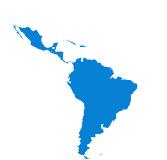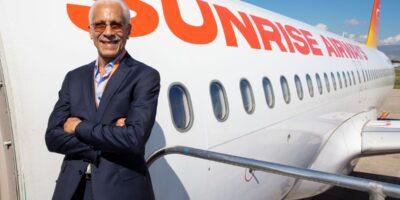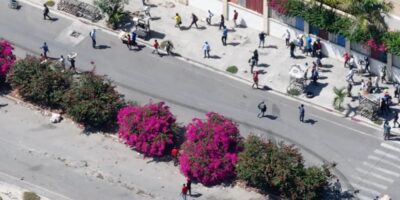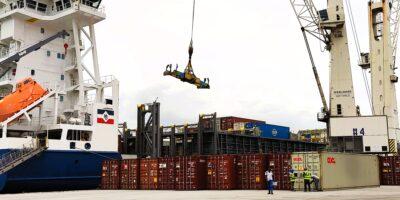Traditional Banking methods have failed to provide the South American and Caribbean region with a simple, reliable, and efficient means of making and receiving payments. With its rigid policies and high costs, the traditional banking system does not possess the capacity to state and address the needs of the region. As an alternative, Mobile technology holds great promise and has the potential to fill the banking void with its flexibility and mobility.
 With a total population of about 588 million, South America and the Caribbean combined make up the world’s fifth most populated region. Many countries within this region are still developing and not yet saturated, which presents a great opportunity for Financial investors. According to the
With a total population of about 588 million, South America and the Caribbean combined make up the world’s fifth most populated region. Many countries within this region are still developing and not yet saturated, which presents a great opportunity for Financial investors. According to the
Their reluctance to enter the banking sphere is due to several factors associated with the traditional banking system, such as:
 Banking Charges With banks imposing initial deposit limits and other banking fees, traditional banking becomes a more expensive alternative compared to the traditional cash based system found in many of these countries. A study made by the Sage journal on Banking exclusion shows that 70% of the Mexicans and 65% of the Colombians that forego banking services do so primarily because of the bank fees, paperwork and absence of branches.
Banking Charges With banks imposing initial deposit limits and other banking fees, traditional banking becomes a more expensive alternative compared to the traditional cash based system found in many of these countries. A study made by the Sage journal on Banking exclusion shows that 70% of the Mexicans and 65% of the Colombians that forego banking services do so primarily because of the bank fees, paperwork and absence of branches.
Access in the Caribbean, the majority of the population resides in urban areas (79%), where working individuals send part of their earnings back to their local towns or rural areas. The inability of banks to build branches in remote locations like these small, rural towns has led to a dependency on traditional delivery systems such as couriers to transfer or receive funds.
 Flexibility The traditional Banking system lacks flexibility. The rules are strict and require copious amounts paperwork, which in turn leads to the alienation of the less educated section of the population. Moreover, the need to physically visit a branch in order to make basic transactions such as money transfer, withdrawal, or deposit acts hinders the ability to have a functional banking system where people can access their money whenever and wherever they want to.
Flexibility The traditional Banking system lacks flexibility. The rules are strict and require copious amounts paperwork, which in turn leads to the alienation of the less educated section of the population. Moreover, the need to physically visit a branch in order to make basic transactions such as money transfer, withdrawal, or deposit acts hinders the ability to have a functional banking system where people can access their money whenever and wherever they want to.
In developed countries, people tend to take banking for granted; having a savings account or having a debit card available for use at a cashier is natural for most. This is not the case in South America and the Caribbean, where more than 250 million people don’t even have a bank account. The lack thereof leaves them unable to access credit or any form of banking tools that could help make their lives easier or help them grow their businesses and boost their economy.
Nowadays, big players like Google, Apple and Samsung are aggressively entering the Mobile Banking industry. In other countries, like Kenya, companies such as
What does this new development in banking represent for the South American and Caribbean region where almost 60% of adults are still unbanked?
 With 36% penetration of smart phones in Brazil and about 40% penetration overall being in the
With 36% penetration of smart phones in Brazil and about 40% penetration overall being in the
With millions of mobile phone users, South America and the Caribbean are gradually shifting towards mobile banking. Statistics show that 40.8% people in Brazil are likely to access the internet through mobile devices and while in 2012 only 14% mobile subscribers used mobile banking, the figure soared to a staggering 50% in 2014.
 In other countries of the region Electronic wallet companies such as PayPal and Skrill provide users with an
In other countries of the region Electronic wallet companies such as PayPal and Skrill provide users with an
This movement from branch based banking to mobile banking is gaining momentum; these statistics are strong indicators that people in the South American and Caribbean region favor the mobility and Flexibility of the Mobile Banking system over traditional one. In the near future more companies will join the movement, and Banking in South America and the Caribbean will no longer mean going to a branch, but having it with you.
.
.
– BY: Hantz V. Févry
.







Comments